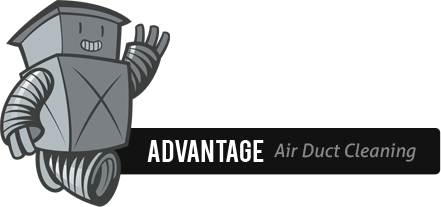Studies show that indoor air pollution is one of the top five environmental health risks. Changing the air filters is not all that hard for most people, it takes about five minutes and requires no tools in most cases, but is one of the most important things to keep in mind for your air clarity and your health. The most important things to keep in mind when changing filters is knowing how often to change them, and knowing what quality air filter you’re buying.
There are three ratings systems: MERV, MPR, and FPR.
MERV Rating (Minimum Efficiency Reporting Value)
MERV is the primary rating system used in the industry, both domestically and internationally. Established by the American Society of Heating, Refrigerating, and Air Conditioning Engineers, MERV rates a filter’s ability to capture and hold particles and pollutants
MPR (Micro-Particle Performance Rating)
MPR is a rating system developed by 3M. It rates the manufacturer’s filters and their ability to capture airborne particles smaller than 1 micron
FPR (Filter Performance Rating)
is a rating system developed by The Home Depot for brands sold through their stores, including Honeywell. It utilizes a color and number scale from 4 to 10 that closely resembles MERV rating
This chart will help you understand how the ratings are comparable to each other
| MERV | MPR | FPR | Efficiency | Frequency |
| 6 | 300 | n/a | Captures dust and pollen | 30 Days |
| 8 | 600 | 5/Green | Dust, pollen, dust mites, lint | 90 Days |
| 11 | 1000 | 7/ Red | MERV 8 + mold spores, bacteria, smoke, pet dander | 90 Days |
| 13 | 1900 | 10/Blue | MERV 11 + virus carriers and odors | 90 Days |
Table from Air Filters Delivered‘s website.
You can see that the higher quality air filter you buy, not only the longer it will last, but the more efficient they become. In this regard, it’s rarely worth it to buy a lesser quality air filter for your home.
Most of these ratings systems are based on not having pets or allergies. If you have pets or allergies, we recommend you change the air filters in your home more frequently than the table listed, especially on the longer end of the 90 day spectrum. It’s never advised to have a filter in your system for more than 90 days, whether you have pets or not.
How do you go about changing the filters in your home? It’s very simple! In most cases, you have to just pull a lever or unscrew a few screws to gain access to the old filter. Jot down the size you need and grab the filter from your local Lowes or Home Depot. Pull the old filter out, put the new filter in, and you’re done.
Now that you’ve changed the filter, why not set a reminder in your phone, or put on the calendar to change the air filters in 90 days so that you don’t forget? The most common mistake people make is neglecting to change them, and more times than not, it’s simply because it wasn’t top of the mind at the time.
